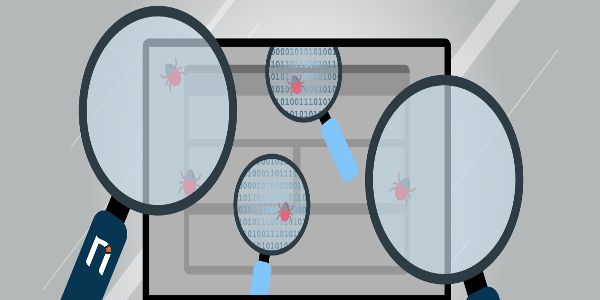Benefits of Static and Dynamic Application Security Testing

Static Application Security Testing (SAST) and Dynamic Application Security Testing (DAST) are methodologies used in application security testing to identify security vulnerabilities that can make an application susceptible to attack.
For making this effective, it must be an integral part of the software development CI/CD lifecycle from initial stages until final versions.
In the past, application development security belonged in the testing phase, alongside functional testing, user acceptance testing, and so on. This traditional view of software security as just another thing to test leads to inefficiencies that make it much harder to get results and really fix security vulnerabilities.
In today’s applications, anyone takes attention in writing secure source code, for avoiding most of the vulnerabilities that can appear at all stages of development and deployment.
Today we see complex web applications that are in continuous development, have millions of users and are under constant attack from cybercriminals, but security testing is often still manual and any security issues can hold up the whole deployment process. That’s why automated security application testing tools are the way to cover those gaps as much as possible.
If security vulnerabilities are not eliminated from these applications before entering in production, they may expose customers’ sensitive information to attackers, which could lead to severe damage or a bad reputation
Despite the industry’s efforts to come up with new technologies, there isn’t a magical technology that will discover all relevant vulnerabilities and eliminate their shortcomings. Here SAST and DAST tools offer a significant input for developers to secure their applications.
Static Application Security Testing (SAST) and Dynamic Application Security Testing (DAST) are methodologies used in application security testing to identify security vulnerabilities that can make an application susceptible to attack.
For making this effective, it must be an integral part of the software development CI/CD lifecycle from initial stages until final versions.
What are SAST and DAST Benefits?
SAST is a white-box security testing (or the “developer approach”), which means you have access to the underlying framework, design, and implementation of the software. It examines the code from the inside out to find software flaws and weaknesses such as SQL injection and others listed in the OWASP Top 10 and can detect an estimated 50% of existing security flaws.
DAST is a black box testing method (or the “hacker approach”), which means you don’t have access to the underlying framework, design, and implementation of the software and so internal detail is obscured. This type of tool tests the software from the inside out and examines an application as it’s running to find vulnerabilities that an attacker could exploit.
Using only DAST testing, developers might find out which parts of their applications can be exploited by hackers, but they are unaware of the source of the vulnerability to fix it in the source code making difficult to fix the root cause of the problems.
On the other hand, SAST makes possible scans during development which permit to discover and remove vulnerabilities as early as possible but has a bad reputation of producing many false-positive results.
Using both SAST and DAST in application security testing programs can provide much more reliable results and vulnerabilities found by both technologies can be better prioritized as they are much more likely to pose a real threat to the application.
Instead of testing applications at certain points in the software development life cycle, an end-to-end assurance can only be provided by the adoption of both SAST and DAST technologies in different stages of the software development life cycle, shortening time for fixing discovered vulnerabilities.
Conclusions
Both SAST and DAST are different testing methodologies, each one with different benefits, finding different types of vulnerabilities in different phases of the software development life cycle. For being most effective, SAST should be performed early and often against all files containing source code, while DAST should be performed on a running application in an environment similar to production.
Technology is evolving rapidly and we use it more and more in everyday life. Using machine learning, any DSO can obtain an understanding of the ongoing situation in their networks and detect cyberattacks from an incipient phase. It allows detection of the violation of the system operating limits in real-time and enables to maximize the utilization of current grid capacity and therefore, enables a much safer and more efficient system operation. That’s why, we need to be prepared to prevent and mitigate any cyber attacks, and the Phoenix project aims to develop an intelligent system for preventing and detecting attacks and stopping them without affecting users.
For more details on the Phoenix project, find us at https://phoenix-h2020.eu/
Source:
https://www.synopsys.com/blogs/software-security/sast-vs-dast-difference/
https://www.perforce.com/blog/kw/sast-vs-dast
Image source: https://www.invicti.com/blog/web-security/web-application-security-testing-real-world/












